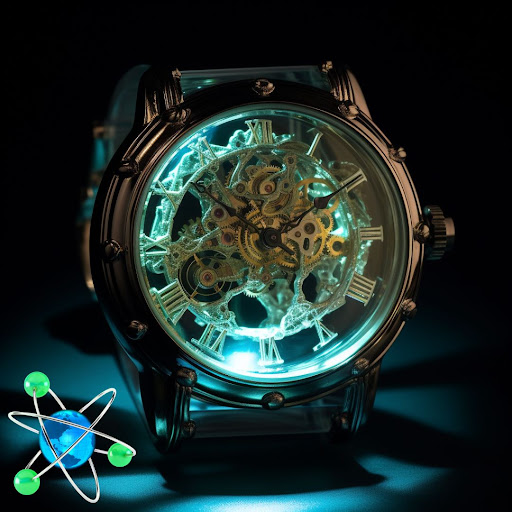
- Radiation’s Everyday Presence: The article explores how radioactive materials, from wristwatch luminescence to gemstone enhancement, play a significant role in our daily lives, contributing to safety and innovation.
- Nuclear Technology’s Versatility: It showcases the diverse applications of nuclear science, ranging from life-saving smoke detectors to self-luminous exit signs, and even the potential for nuclear-powered batteries revolutionizing technology.
- A Glimpse into the Future: The article looks forward to the continued impact of nuclear technology, with sustainable nuclear-powered batteries and the ever-expanding role of radioisotopes in shaping our future.
Nuclear energy, a formidable force that extends well beyond our electrical grid, significantly impacts various aspects of our lives. It powers space exploration, propels medical advancements, and enhances the safety of our homes and workplaces. At the heart of these applications are radioisotopes, unstable atoms that emit radiation as they decay. These radioisotopes, which can occur naturally or be artificially created, have found their way into a wide array of everyday products.
Consider the precision of timekeeping— the National Institute of Standards and Technology (NIST) houses the world’s most accurate atomic clock. Some wristwatches, on the other hand, employ gaseous tritium light sources (GTLS), containing radioactive tritium gas sealed within glass containers, to provide luminous glow-in-the-dark timekeeping.
The world of jewelry also benefits from nuclear science. Radiant gemstones like amethysts, yellow sapphires, and green diamonds owe their brilliance to radiation, often in the form of gamma, neutron, or electron beams. The regulation of these irradiated gemstones falls under the purview of the U.S. Nuclear Regulatory Commission (NRC) to ensure safety.
Safety in our homes is augmented by household smoke detectors. These devices contain minute quantities of Americium-241, a radioactive isotope critical for detecting smoke particles. A flow of positively and negatively charged ions within the detector is disrupted by smoke, triggering the alarm.
In commercial buildings, exit signs are essential in emergencies. Some of these signs contain traces of tritium, a rare radioactive isotope of hydrogen. This unique feature enables these signs to glow in the dark without relying on traditional batteries, providing a dependable path to safety during power outages for up to two decades.

Even something as mundane as enjoying a banana during a supermarket visit is influenced by nuclear science. Bananas contain naturally occurring radionuclides, primarily radioactive potassium-40. Surprisingly, eating a banana exposes you to more radiation than standing near a spent nuclear fuel dry cask or a nuclear power plant. However, the radiation dose from bananas is minuscule and poses no health risk.
Looking ahead, nuclear technology continues to shape our future. Companies like NDB, Inc. collaborate with institutions such as Oak Ridge National Laboratory to develop nuclear energy-powered batteries. These batteries offer the potential to revolutionize our tech devices, with lifespans spanning decades or even centuries, autonomously generating power from radiation, and addressing the growing issue of electronic waste.
So, the next time you glance at your wristwatch or ensure your smoke detector is operational, take a moment to appreciate the profound impact of nuclear science, which underpins these everyday comforts and innovations.
